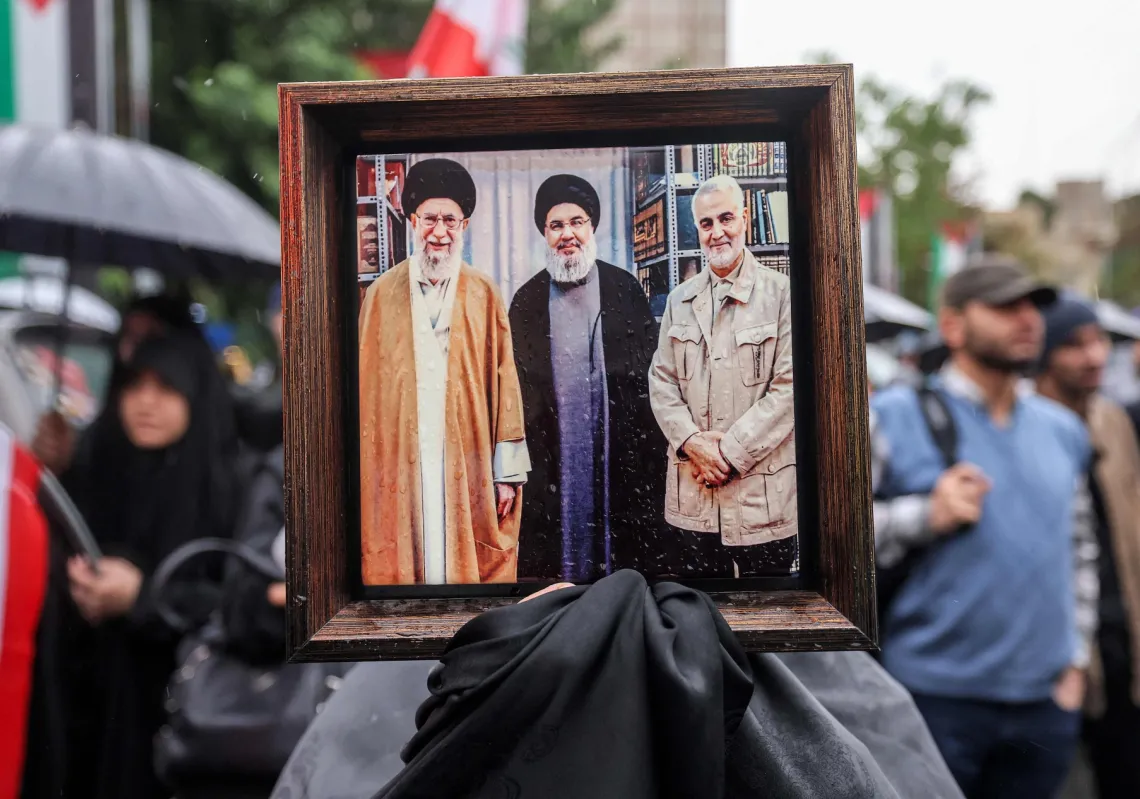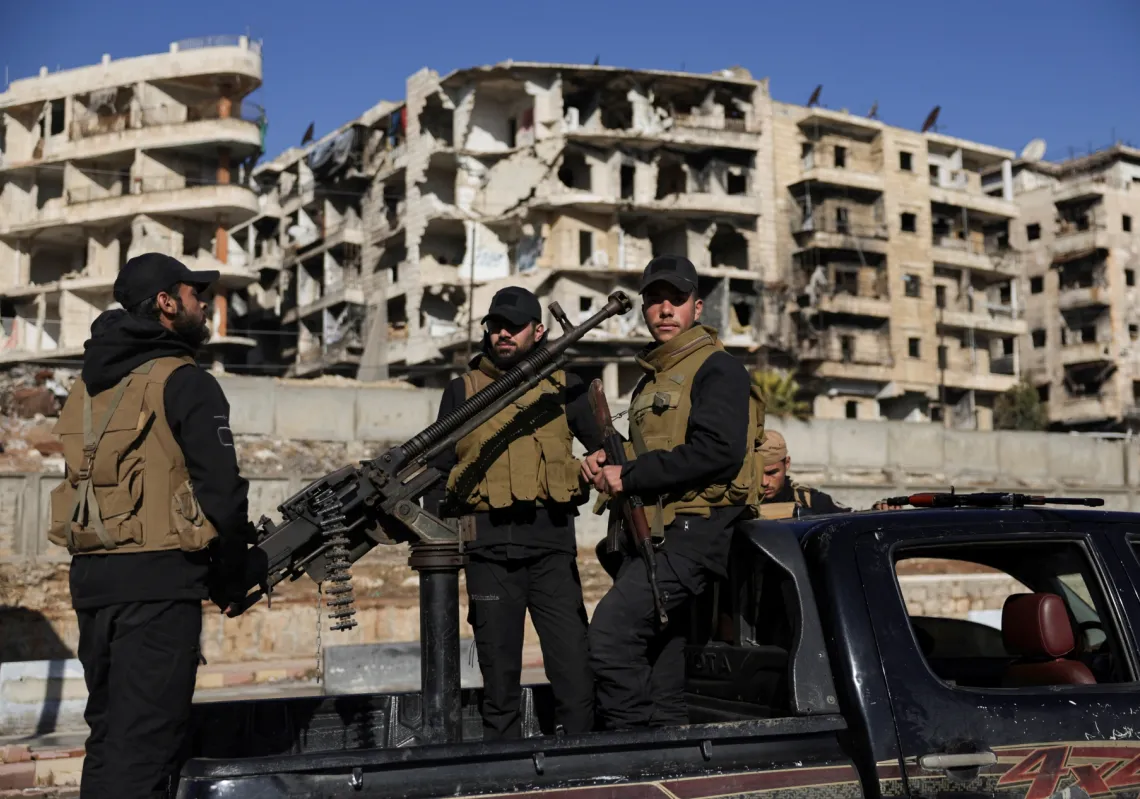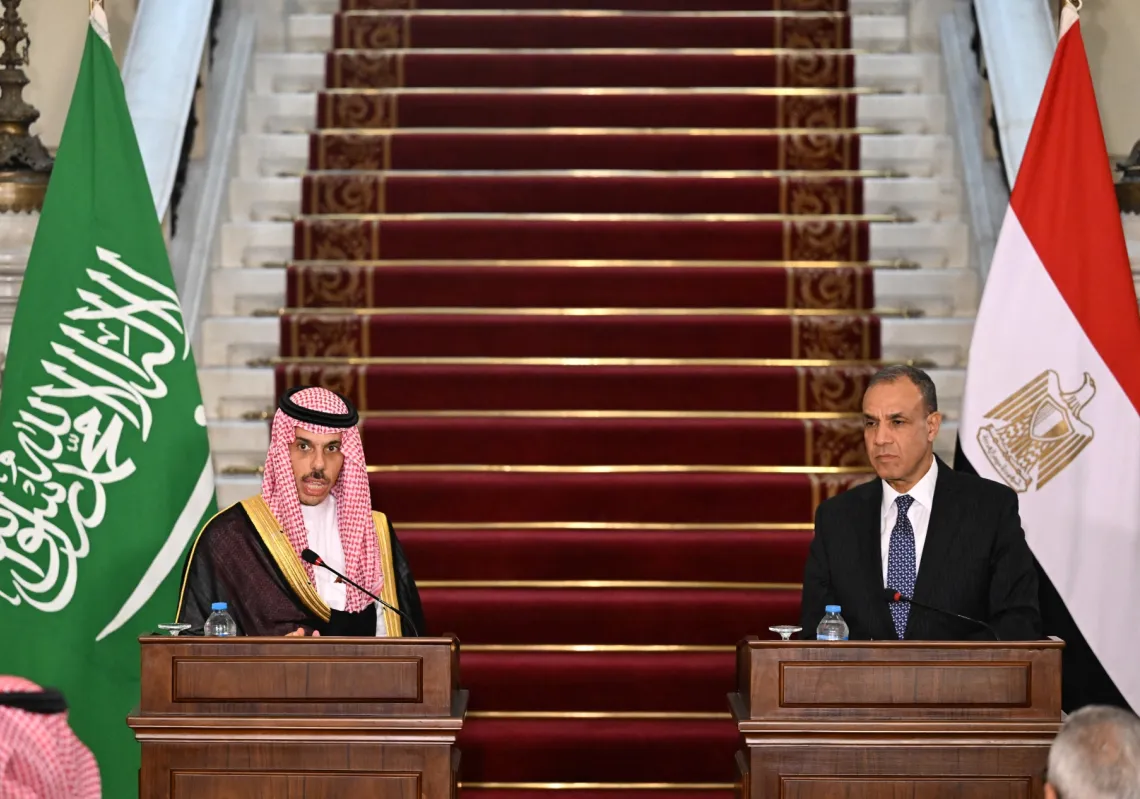During the International Monetary Fund’s annual meetings in Morocco, a group of investors held a closed meeting in a five-star hotel in Marrakech.
The topic was a bit of a surprise to those who found out about it: Egypt. Barely a week had passed since the outbreak of war in Gaza on 7 October, which had cast a dark shadow over the political and economic fate of the Middle East.
However, some saw Egypt's potential role as a key player in resolving the conflict as a way for President Abdel Fattah el-Sisi's government to escape a severe economic crisis.
On the surface, there wasn’t much to be optimistic about. Egypt was suffering from a crippling shortage of hard currency, and its negotiations with the IMF to implement a $3bn aid programme were stalled due to Cairo's hesitation to undertake painful economic measures.
Egypt’s Gulf Arab allies, who had poured tens of billions of dollars to support el-Sisi since his rise to power in 2013, also seemed reluctant to provide more without a clear economic plan backed by international institutions.
An optimist gamble
Yet the optimists, while decidedly in the minority, based their bets on two assumptions: Egypt's position as a traditional mediator between Israel and the Palestinians and international concerns that its economic plight could cause a political collapse that this powder-keg of a region can ill-afford.
The thinking went that the cost of rescuing the Egyptian economy paled in comparison with the steep price everyone might pay if the most populous Arab country were to descend into chaos.
Five months later, Egypt signed an agreement with the IMF for an $8bn loan—more than double the previously agreed amount. This was preceded by a surprise $35bn investment announcement from the UAE, mostly earmarked to develop the Ras El Hekma area on the Mediterranean coast.

This put Egypt in a much stronger position to undertake painful but necessary measures: devalue the currency by more than 40% to eliminate the black market for dollars and raise interest rates by 600 basis points to curb the massive inflationary effects of the pound’s liberalisation.
With the influx of funds pulling Egypt back from the brink of an economic disaster, the relief that greeted the developments can be easily understood (TV showed footage of President el-Sisi jokingly asking his prime minister for a "piece" of the money transferred to a fund for special needs care).
But a quick scan of the country's history with currency crises, in particular, helps highlight that what happened is merely the first step on a long, bumpy road to recovery.
It’s a journey that offers quick wins for investors (like those who met in Morocco) but raises many questions and potentially greater risks for others, including the government, its creditors, and the Egyptian people in general.
Second litmus test
The litmus test facing Cairo for the second time in less than a decade is leveraging Arab and international support to turn the page on volatile boom-bust cycles and set the economy on a more sustainable growth path.
While IMF support and international investments make for a perfect starting point, analysts and economists we spoke to agreed that the euphoria could easily fizzle out if the government failed to follow through with measures to reduce its ballooning external debt and chronic trade deficit, not to mention bringing inflation under control.
None of this would have happened without Ras El Hekma—a region that not many outside Egypt (or not many even within Egypt) knew much about before February.
When a rumour circulated on social media that the UAE decided to invest $22bn in the area, an analyst at an Egyptian bank even speculated that the government itself (which quickly denied the rumour) had promoted this to control the black market for dollars.
Ras El Hekma, covering about 180 million square meters (equivalent to the size of Washington, D.C.), is part of Egypt's northern coast—a stunning stretch of pristine beaches on the Mediterranean.

Read more: Egypt’s new Ras El-Hikma resort attracts $35bn from UAE
Goldman Sachs, a US bank, estimates that the UAE investments, along with the aid package agreed with the IMF, the European Union, and others, will lead to a $26.5bn surplus in external financing over the next four years, compared with a deficit estimated at $13bn before these developments.
The bank expects foreign direct investments this year to exceed $33bn, in addition to a recovery in carry trade flows— foreign investments into Egypt’s local-currency debt market seeking lucrative returns not easily found elsewhere.
In the first week following Egypt's agreement with the IMF, the average interest rate on Egyptian treasury bills for six months was more than 30%, compared to less than 5% on 10-year US Treasuries.
Egypt began developing its domestic debt market more than two decades ago, with flows peaking at more than $30bn (larger than the entire Lebanese economy, to give perspective) before the Russian/Ukrainian war.
Reliance on hot money
The crisis—along with the collapse of tourism revenues and rising costs of wheat and other food imports—was one of the factors that shook confidence in the Egyptian economy. It also highlighted the risk of relying too much on hot money.
This time, some analysts believe that even hot money may not last long if Cairo does not stick to its commitment to maintaining a flexible exchange rate regime, meaning the pound must move based on supply and demand rather than staying put at any cost.
After all, few have forgotten how Egypt didn’t follow through on a similar promise to the IMF after signing a $12bn loan deal in 2016 to help the country emerge from a similar crisis.















